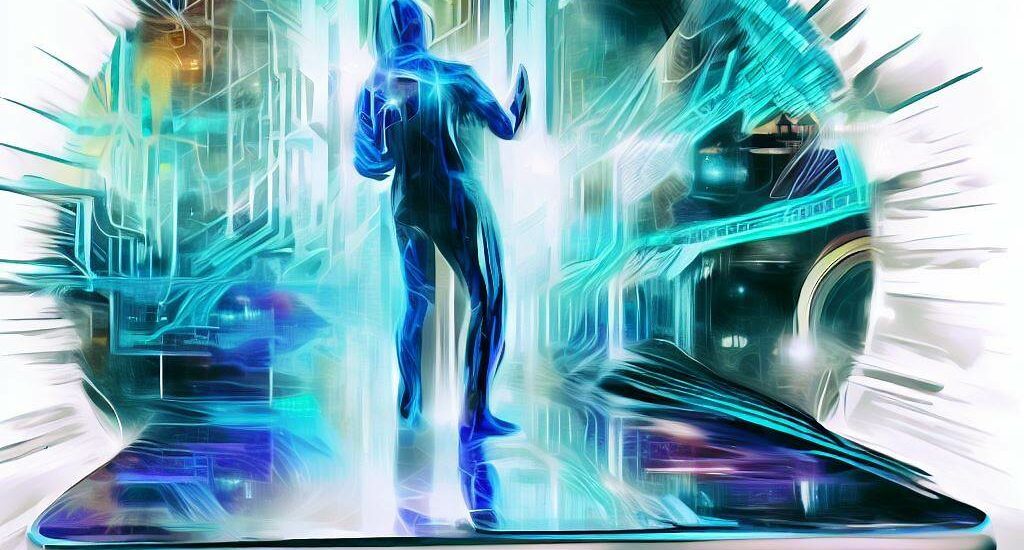What are Web1-5?
- May 24, 2023
- Posted by: marek
- Category: Blockchain, Cryptocurrency, Tokens, Web

Web1, Web2, and Web3 are terms that describe the evolution of the internet over time. Web4 and Web5 are concepts that envision the future of the web.
Here is a brief explanation of what each term means, with some examples:
Web1:
The first generation of the web, which started in 1983 and lasted until around 2004. Web1 was mainly composed of static web pages that displayed information for users to read. Web1 was also known as the read-only web, as users could not interact with the content or create their own. Web1 was based on hypertext and simple web protocols. Some examples of Web1 sites are Wikipedia, Yahoo, and Amazon.
Web2:
The second generation of the web, which emerged in the early 2000s and is still dominant today. Web2 introduced dynamic web pages that allowed users to interact with the content and create their own. Web2 also enabled web applications, online document and video streaming, social media platforms, and cloud computing. Web2 was also known as the read-write web, as users could both consume and produce content. Web2 was based on web standards and APIs. Some examples of Web2 sites are Facebook, YouTube, and Google Docs.
Web3:
The third generation of the web, which is still in development and aims to decentralize the web. Web3 enables users to communicate and transact without intermediaries or centralized platforms. Web3 also leverages blockchain technology, smart contracts, cryptographic tokens, and peer-to-peer networks. Web3 is also known as the read-write-execute web, as users can not only access and create content, but also execute code and run applications. Web3 is based on distributed ledger technology and consensus mechanisms. Some examples of Web3 sites are Uniswap, CryptoKitties, and Decentraland.
Web4:
A hypothetical fourth generation of the web, which envisions a more intelligent and semantic web. Web4 would use artificial intelligence, natural language processing, machine learning, and ontologies to understand the meaning and context of the content and users’ intents. Web4 would also enable more personalized and contextualized experiences, recommendations, and services. Web4 is also known as the read-write-execute-learn web, as users can not only access, create, and run content, but also learn from it. Web4 is based on cognitive computing and knowledge graphs. Some examples of Web4 sites are Siri, Watson, and Wolfram Alpha.
Web5:
A hypothetical fifth generation of the web, which envisions a more immersive and interactive web. Web5 would use virtual reality, augmented reality, mixed reality, holograms, and 3D graphics to create realistic and engaging environments and simulations. Web5 would also enable more collaborative and social experiences, gaming, and entertainment. Web5 is also known as the read-write-execute-learn-play web, as users can not only access, create, run, learn from content but also play with it. Web5 is based on immersive computing and spatial web. Some examples of Web5 sites are Oculus Rift, Pokemon Go, and Ready Player One.
